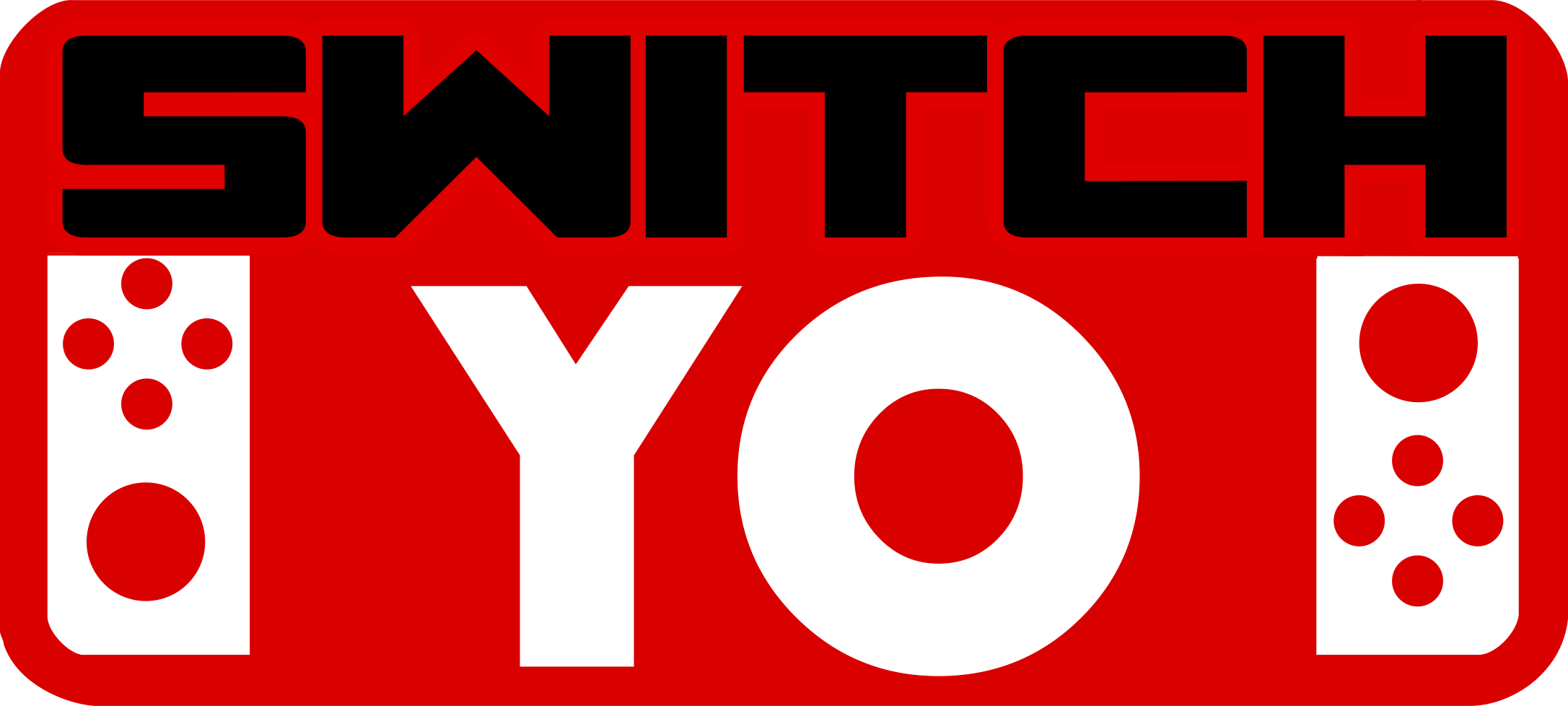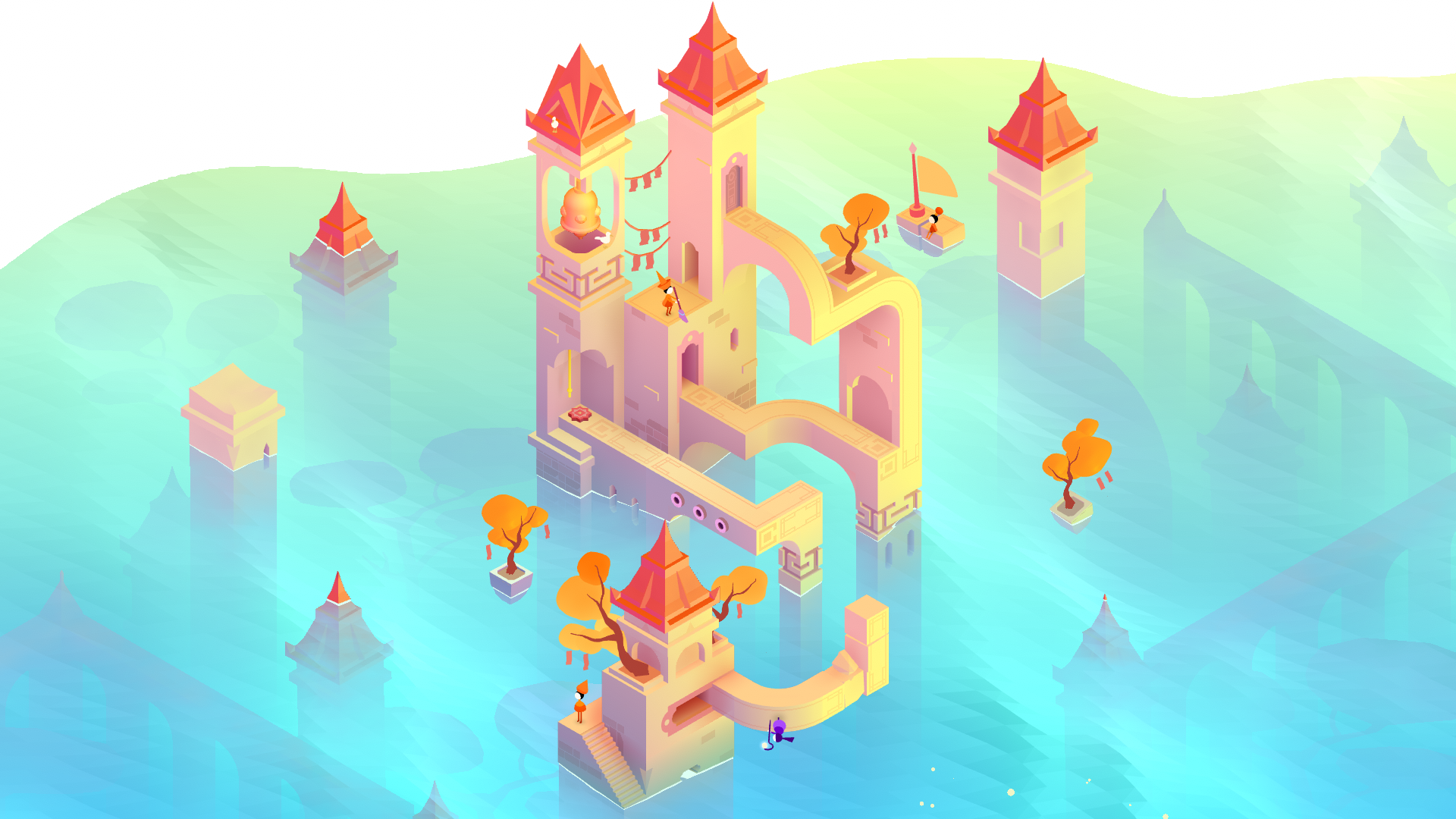Monument Valley 3 Review – A Gorgeous, Clever, Yet Somewhat Lacking Third Entry
What can be said about ustwo’s Monument Valley 3 in terms of visuals and gameplay that hasn’t been echoed a thousand times before about the two previous entries in this gorgeous series of puzzlers? Not all too much, unfortunately.
Back when it debuted in 2014 for mobile devices, Monument Valley helped to establish, more than any of its contemporaries I would argue, that the mobile gaming scene could provide the same level of artistry as console titles. With its incredibly eye-catching, vivid, minimalist presentation and Escher-style impossible structures, the first entry in what is now a wonderful trilogy has always stuck with me, in spite of its relative simplicity and short playtime.
Now, with the recent release of Monument Valley 3, previously a Netflix Games exclusive when it launched last December, this puzzle game trilogy is now more widely accessible than ever. With a new 16:9 canvas to play around with, each entry manages to look more stunning than ever before, no matter where you play, though their gameplay remains much the same.
More Of Everyone’s Favorite Escher-Style Geometry Puzzles
The series has always lent heavily on unique and distinctive single screen puzzles, utilizing all sorts of impossible perspective shifts in a 3D environment. Monument Valley 3 continues this trend, with bridges that may rotate to form a path connecting to a rooftop above you, or pillars that can be rotated to connect separate structures for you to walk between. As the game progresses, its geometry gets all the more complex, and there is never a dull moment in terms of visual spectacle. However, outside of a few minor gameplay additions, the game’s formula and appeal is much the same as we’ve had before. This, however, is in no way something to hold against ustwo, as Monument Valley 3 succeeds at the only thing it needed to; being more Monument Valley.
The story follows Noor, a lightkeeper who needs to restore a lighthouse in order to guide the inhabitants of the ocean world we’re presented with. Much like previous entries, the story is incredibly light on detail, letting the player fill in the large gaps between dialogue with their own interpretations and emotions. Hinting at themes of loss, grief, and rediscovering hope when there seemingly isn’t any, Monument Valley 3 is just as profound and melancholic in a beautiful way as its predecessors, even if it might have less staying power in my mind than the first. I found myself getting genuinely emotional at times, reflecting on how the themes I was presented with connect with my own experiences in life, and that’s something not a lot of games have achieved before.
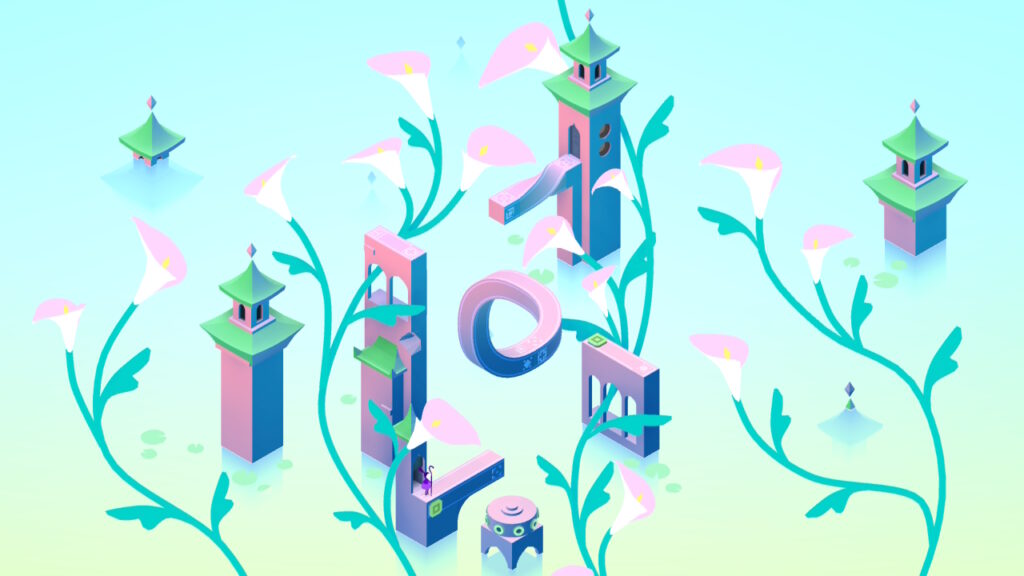
Meet Some New Friends… And One Of Them Is A Boat!
Where the latest entry sets itself apart from previous titles most is in its new gameplay additions, however. Most, if not all of these are welcome changes, if not anything ground breaking or particularly noteworthy. The biggest of these changes are the plentiful new boat exploration segments (and I use exploration here lightly), fitting for the ocean world of the game. While a pleasant change of pace from the puzzle gameplay fans of the series will be familiar with, functionally they serve only to deliver you from puzzle to puzzle. It would have been nice to see some optional puzzle rooms with some more character dialogue, or cryptic story implications, just to make them have that little extra oomph. Are they enjoyable? Absolutely. Do I wish they had a bit more of a bearing over gameplay in some form? Sure, but for what they aim to achieve, that being a break to reflect upon the artistry of what you’re being shown, they’re solid additions to the Monument Valley formula.
The other notable change in this familiar gameplay loop is the focus on characters other than Noor, our protagonist, and the use of the lighthouse hub. Seeing others come and go from the lighthouse as your hub goes through various different states as the game progresses, allows for the game to create a much less desolate feeling than previous titles, creating some genuinely heartwarming and emotionally impactful moments which shine through and stick out in my mind just as Ida’s journey did in the original Monument Valley. Minor things like controlling the looks and visual flair of an artefact at the end of a chapter, also help in adding that little, much appreciated, personal touch.
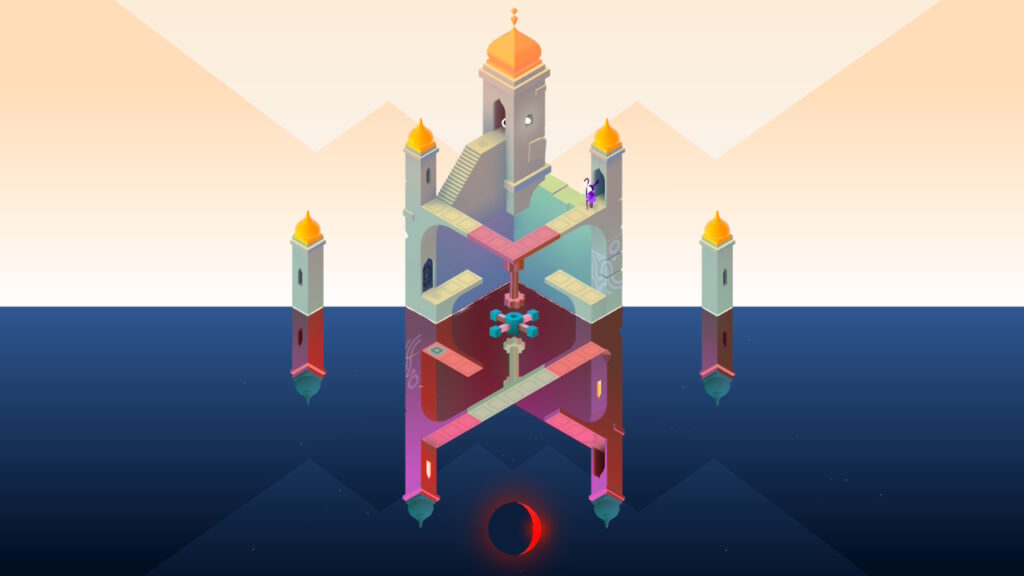
An Unfortunate Case Of Clunky Controls
While all of this should make for another knockout addition to a series I adore, the game experience is frustratingly hampered on console due to some clunky controls, and lacking quality of life features; I played through the full game on my Nintendo Switch 2, swapping between both handheld and TV docked modes of play, and was shocked that when playing in handheld mode, I wasn’t able to control Noor at all using the touch screen. This made sense to me to enforce when playing the boat segments, in which stick control is much more intuitive than dragging the boat around the screen with your fingers, but for the regular puzzle segments? Not so much.
Since the game was originally designed for mobile and operated with an entirely touch-based control scheme, it’s baffling why the Switch port of the game didn’t receive any options for touch controls. This wouldn’t bother me as much if the cursor you control Noor and the environments with didn’t often snap to the wrong part of a puzzle, or rotate an element of the level further than I wanted it to on occasion, leading to minutes spent trying to correct things. For the most part, this isn’t a huge issue and certainly doesn’t detract from the brilliant puzzle design on offer, just a gripe that I’m sure others playing on Switch might have. This in combination with the higher price premium that comes with the console port compared to mobile, these features being missing is somewhat puzzling.
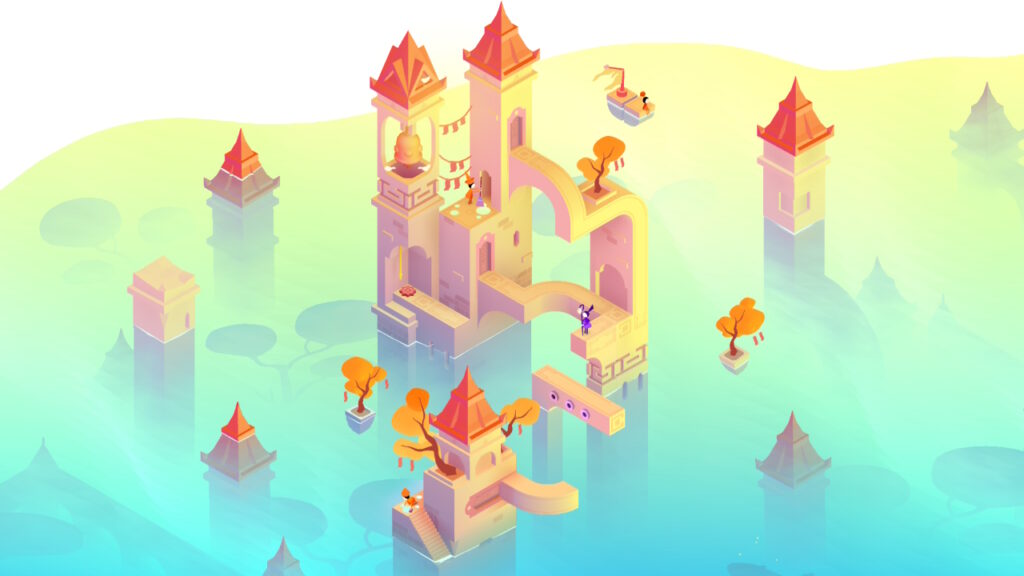
New Features Miss The Mark A Little
Other new additions brought with the console versions of these games, such as the photo mode, unfortunately come away feeling superfluous, as the pan and zoom options are incredibly limited. When any console that the game can be played on has options for you to screenshot at any moment baked right into the system, unless photo mode had more visual options to play around with, I can’t see it being a notable inclusion, sadly. I often found myself just hitting the capture button rather than ever opening the photo mode.
It sure seems like I’ve got my issues with Monument Valley 3, doesn’t it? Well, despite some of the issues present and some personal gripes, this series has always been about delivering a short, accessible and incredibly high quality experience, and the game delivers on that in spades. Better yet, there’s more to come! The Garden of Life DLC which has now been rescheduled as part of a content update later this year has me excited for the future of Monument Valley 3, especially on the Switch family of systems. Who knows, perhaps alongside the DLC in winter we may see some of the quality of life changes the game would benefit from getting added too?
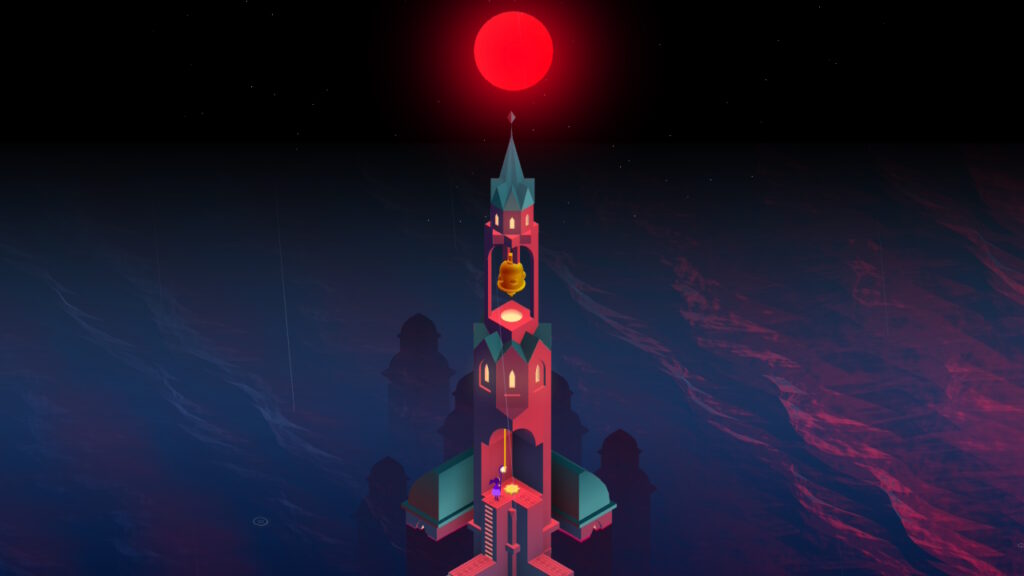
Conclusion
Overall, the game offers a concise, very deliberate and enjoyable puzzle experience, as expected coming from ustwo. With a few tweaks and a little extra polish, the Switch version of the game could easily become the definitive way to experience this brilliant piece of art. If you’re willing to look past those issues though and the somewhat high price of entry, this is a game that is absolutely worth your time to experience.
What do you think about ustwo’s latest puzzler? Will you pick it up, or are you waiting for the winter update? Let us know in the comments below!
